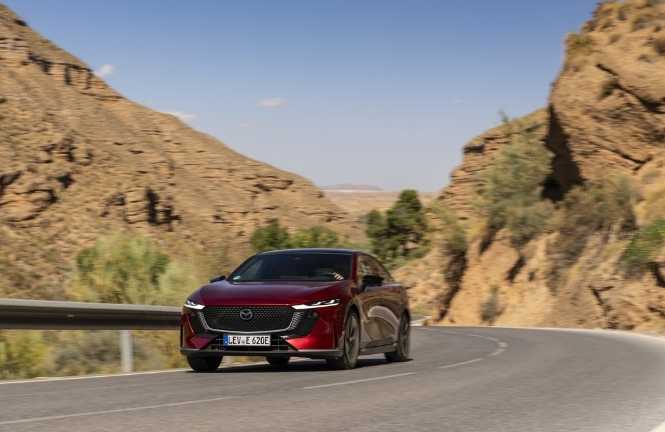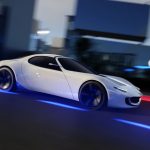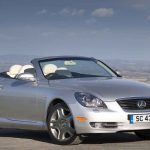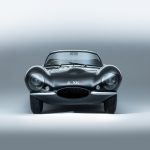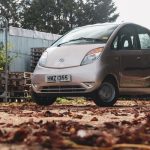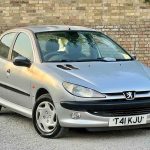Author: Nik Berg
Horse and Rider as One, or jinba ittai in its native Japanese has been Mazda’s driving philosophy since the introduction of the MX-5 in 1989.
When it came to describing the feel Mazda wanted drivers to get from the MX-5, chassis engineer Tetsu Kasahara found it in ancient history. The term dates from the samurai yabusame mounted archers whose masterful control over their steeds was such that the two became one.
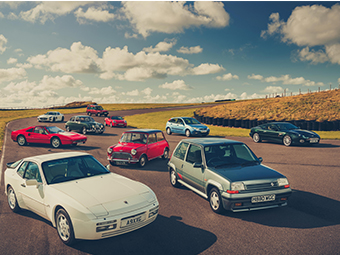
Since then, it has become synonymous with the agility and real-world usable performance, not just of the world’s best-selling sports car, but of every Mazda, from hatchback to chunky family SUV.
This isn’t mere marketing, there genuinely is something about the way Mazdas drive that sets them apart from other carmakers, but as it introduces the battery electric Mazda 6e, can this quality be retained in its most appliance-like vehicle to date?
The 6e isn’t Mazda’s first foray into the EV world, but it has the potential to be far more impactful than the quirky, low-range MX-30. Some four million Mazda6s have gone before it and every one of them offered entertainment for the keen driver.
That means the 6e has a tough act to follow. Tougher still when brand fans discover that there’s not actually that much Mazda in it to begin with. For over two decades the Japanese car maker has partnered with Changan to manufacture cars in China. During that time Changan has learned a lot from Mazda, but now it’s Mazda turn to take a lesson. Changan’s Deepal SL03 electric car was launched in 2022 and, in order to get a car to market in Europe (and Australia) at speed, the SL03 has been Mazdafied.
There’s a limit on what Mazda could do, but the company’s designers and engineers have made the best of what they were given. A new nose features Mazda’s signature wing and lighting, while the rear lights echo those of the FD RX-7. Inside, the ambience is amplified with a quality Alcantara-style fabric on the dash and door cappings, and plenty of leather for seats and other surfaces. There are some hard plastics in a few places, but thankfully not where you’d need to touch them. The cabin is, however, dominated by the central touch screen and too many functions require its use. Want to adjust the door mirrors? Use the touch screen. Switch the wipers on? Use the touchscreen. Adjust the cabin or seat temperature? Use the touchscreen. Switch off the various ADAS features? Use the touchscreen.
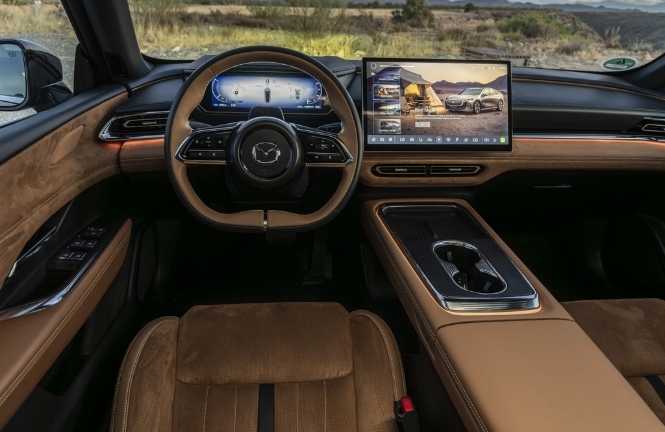
In fairness, the system is fast-operating and you can also assign some features to steering wheel buttons or use voice activation instead, but for ease of use and avoidance of distraction nothing can beat a proper button in my book.
Mazda also inherited the drivetrain and there’s some good news here, because the 6e’s motor drives the rear wheels. There’s a choice of two motors, a 254bhp version tied to a 68.8kWh battery or a 241bhp unit powered by an 80 kWh battery. Claimed ranges are 300 and 345 miles respectively. The battery chemistry varies between the two, meaning that the lower capacity unit can actually charge faster, at up to 200 kW, compared to the 90 kW available for the bigger battery.
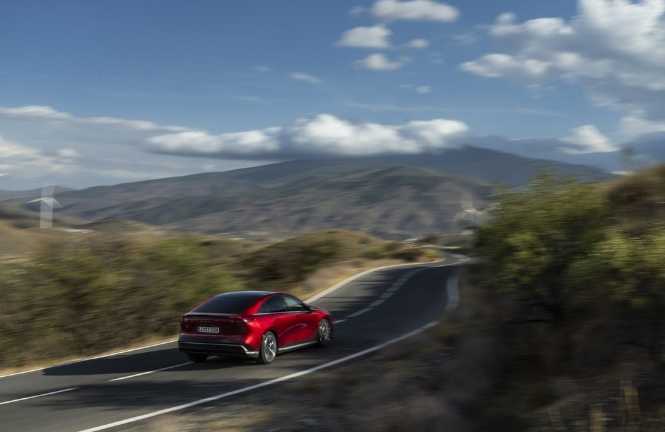
The more gutsy standard range car is the one available on a surprisingly challenging Spanish test route that takes in the narrow streets of Granada, the hairpins of the Sierra Nevada mountains, the heat of the Gorafe desert and a fair few motorway miles as well.
To send the 6e out on such a drive means Mazda must have confidence in the car’s ability. Mazda Europe’s engineers fettled the suspension to make it more suited to the continent’s conditions and, for the most part they’ve done a good job. Body control and grip through the switchbacks is impressive, even if the steering is somewhat numb. The 6e’s overall ride strikes a balance between comfort and control, not too soft, not too firm and it manages to mask its weight well, especially under braking.
It’s not particularly rapid and certainly no Tesla Model 3 rival for straight-line speed, but, in typical Mazda fashion, it’s all there to be used. Mazda claims a 0-62 mph time of 7.6 seconds and that feels about right.
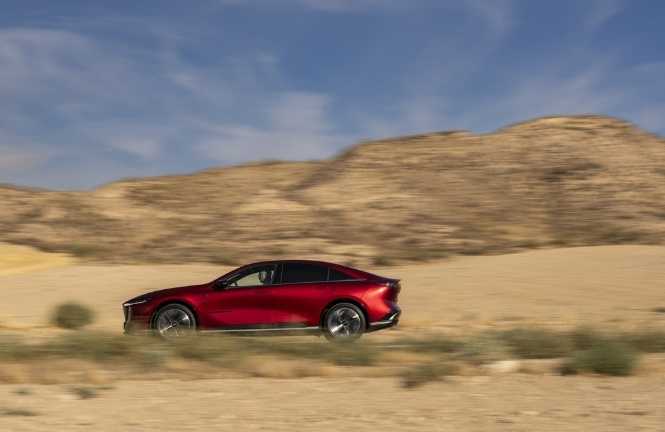
What doesn’t feel quite right is the regenerative braking, which seems to be overly aggressive, especially in Sport mode, making smooth progress on a twisty road a little tricky. The more subtle Normal mode will be less likely to make your passengers puke. The system does work well mind. On downhill sections it’s gratifying to watch the battery charge increase, extending the car’s range.
At motorway speeds it’s quiet enough and the Sony audio system will easily drown out any road or wind noise that enters the cabin, so eating up miles is easy.
It is, ultimately, just fine, offering up a decent enough drive and a very pleasant-looking, if frustrating to operate, interior. Does it electrify jinbai ittai successfully? Not quite, but thankfully there is another Mazda EV that does.
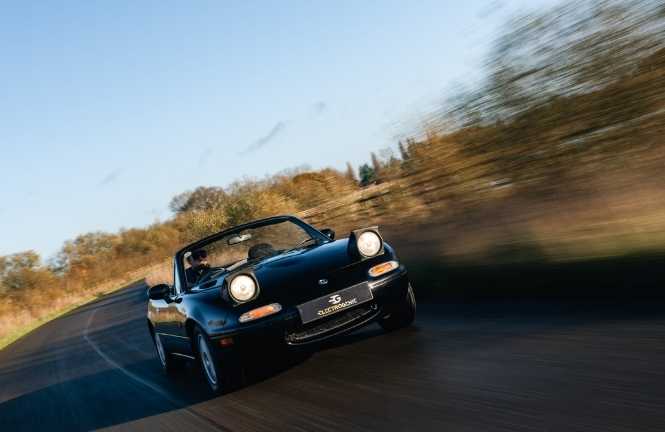
It comes from specialists Electrogenic in the form of a battery-swapped Mk1 MX-5 and it shows how Mazda’s philosophy really can live on in the electric age.
Available as kit for any Mk1/2 MX-5 the Electrogenic conversion consists of a 120kW electric motor, powered by 42kWh of batteries mounted under the bonnet and in place of the fuel tank giving a useable range of 150 miles and CCS rapid charging at up to 60kW. There’s a weight penalty of just 30kg and the conversion would take a couple of skilled mechanics a week to install. Like all Electrogenic swaps it requires no drilling of the chassis and is completely reversible.
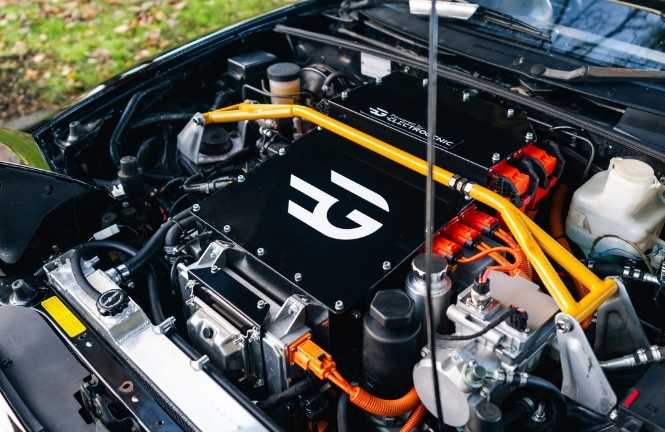
There are three drive modes. Eco feels just a tad off the performance of a 1.8-litre MX-5. It’s still fairly brisk off the mark and would be good for town driving. Normal feels much more like the 16-valver, with a measured torque delivery that builds with speed – a bit like an ICE engine coming on cam. Sport unleashes everything for a 0-60 time of around six seconds.
It’s a riot to drive, with linear power delivery, enough grunt for some rear-end slides and loses little of the MX-5’s original charm. True, there’s no manual gearbox or rorty exhaust note, but it does prove that Mazda’s spirit can thrive with an electric powertrain.
Buying a suitable donor car and getting the conversion done will probably set you back as much as new Mazda 6e, but only one of them will deliver on that jinbai ittai promise.
